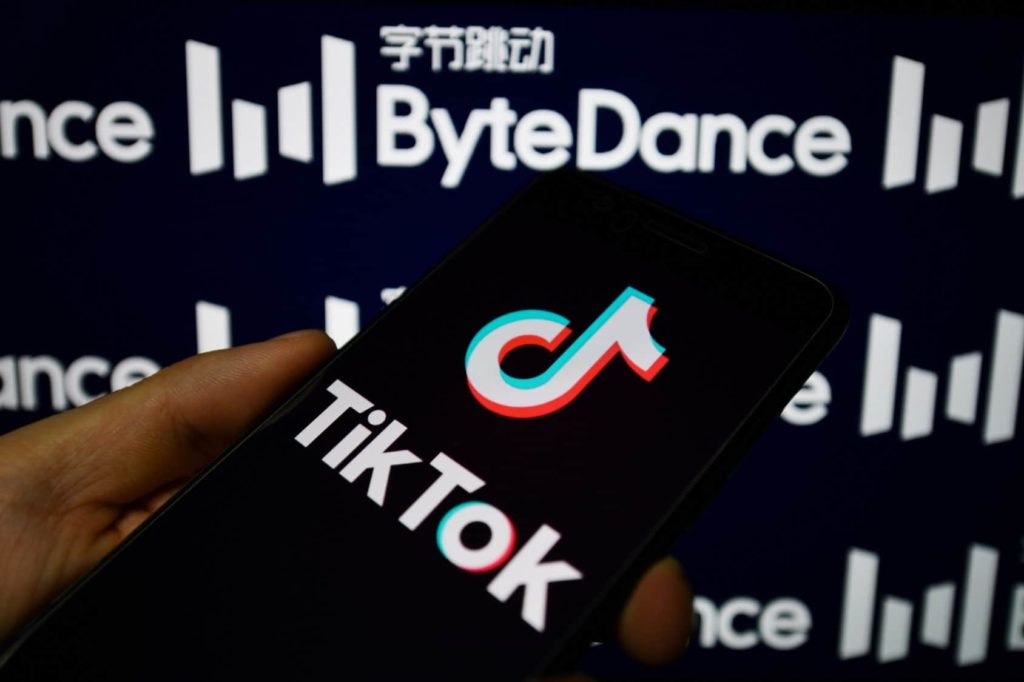Listing and transparency
A loss for TikTok
By Dominique Jacquet

On October 9, appeared on the Internet, a perfectly reliable source of financial information, the disturbing news of a loss of more than 75 billion US dollars in the accounts of ByteDance, founder and owner of the famous TikTok network. The next day, we were reassured: it is (apparently…) “only” about the loss in value noted by ByteDance on bonds convertible into TikTok shares.
We must take advantage of confidential information sent to the Wall Street Journal to learn a little more about the financial performance of ByteDance. According to a financial report for employees (and kindly transmitted to the WSJ), the firm generated revenues of $61.7 billion in 2021 and $7 billion in operating losses. The phenomenal growth of TikTok continues during the first accounting quarter of 2022, at the rate of 54%. TikTok is only surpassed by Facebook in terms of the number of regular users.
After raising the possibility of an IPO, the company decides in July 2022 to postpone the process to an unspecified date, then to spend $ 3 billion buying back its own shares held by its employees on the basis of $ 176.94 per share, valuing the company at $300 billion, after granting Restricted Stock Units to its employees in June on the basis of $155 per share.
The financial life of ByteDance is therefore a novel, but one can only read a few excerpts in dribs and drabs without having clear, complete (or almost) and verified information, which would be the case if the firm were listed on the stock exchange.
In fact, it apparently does not need the capital markets, because it benefited from funds provided by Private Equity.
ByteDance was created in 2012 and has received financial support from Asian and American investment firms, including KKR, Sequoia, SoftBank Vision Fund and Primavera.
In April 2017, it collected $1 billion in financing for a pre-money valuation of $10 billion (Sequoia and CCB). SoftBank joins KKR and Primavera in October 2018 to contribute $3 billion on a valuation of $72bn: multiple of 7 in 18 months… In December 2020, last call to the market, the contribution is 2 billion from KKR and Sequoia on a base of $178bn. A nice return on investment for the funds!
Times have changed since the days when an IPO was needed to raise nearly $10 billion. But when funds were not required to finance growth, other motivations drove companies to market.
In 1986, Microsoft goes public and raises 61 million dollars, Bill Gates retaining 45% of the capital for a value of 350 million dollars… One reason invoked was a kind of “commercial” obligation: with the ambition of becoming the supplier of almost all PC operating systems in the world, the firm had to show that it was financially robust and capable of continuing its R&D effort in order to improve product quality. The listing therefore responded to an objective of transparency in an operational logic.
In 2012, the date of the creation of ByteDance, Facebook went public with a valuation of more than 100 years of results… the firm is profitable and generates a net result of around 25% of revenues. In addition, cash is largely positive (4 billion net of debt) and cash flow finances investments. But, investors want to “see their IRR” and Mark has to pay his taxes…
Nothing like ByteDance, the company generates losses, will probably appeal to its investors if it has to finance 3 billion share buyback, but still no IPO and the relationship of Chinese Tech with its government is certainly not going not speed up the process.
The price of this maintenance in private status is that we know (almost) nothing about a firm that is worth between 300 and 400 billion dollars and has considerable power with approximately 1.5 billion users.